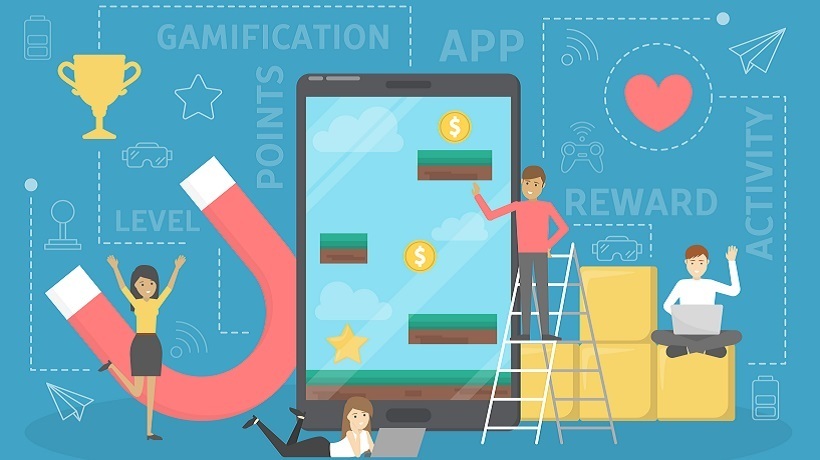3 Gamification Mistakes To Avoid
- Failing to personalize the training experience.
When you’re using gamification for mandatory online training, consider your learner’s preferences. Even though gamification is the current trend—and has tons of success—not all employees will want to participate. Make gamification a choice. An article I read in Chief Learning Officer points out that “there are some segments of the workforce that might not want to compete for a digital badge” and that’s okay. Remember to give those learners the choice to complete training in an alternate way, such as watching a video and taking a quiz on the information in the video at the end of the course. You can also personalize the gamification portion by offering a choice of game styles. - Giving out too many rewards.
In order to motivate employees, you need to focus on which behaviors you want to influence most. Don’t reward everything; this gets too confusing for employees to understand, and you won’t be able to motivate anyone at all. For example, Lawley Insurance in Buffalo, NY, focused a sales competition on just one behavior, where employees earned points and competed to win tickets to a Buffalo Sabres game. Cito Research says that in 2 weeks, Lawley Insurance saw 152% more updates to their sales opportunities than in the previous 8 months combined. Rewards don’t have to be as big as Sabres tickets—even small rewards are effective as long as you don’t give out too many. - Failing to engage employees at the emotional level.
The emotional part of gamification can significantly change employee behavior, so be sure to address it. With competition comes motivation and an addictive desire to win, so if you tell employees why the information they’re learning is important, you’ll reinforce training concepts at the emotional level. For example, Walmart used gamification to deliver safety training and emotionally engage 5,000 employees in eight distribution centers. Not only did they create competition, they also got employees talking about the importance of safety protocols during their workday. As a result, they saw a 54% decrease in incidents among those eight Walmart distribution centers using gamification.
To read more about gamification, check out this blog post: Balancing Difficulty in eLearning Games & Simulations.
Need an authoring tool to help you gamify your training? Sign up for a free 30-day trial of Lectora® Inspire.
Originally published on August 20, 2015









